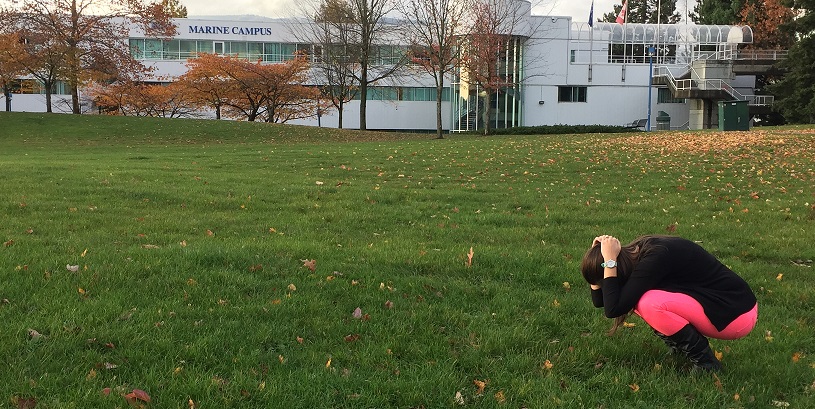The most important thing to remember during an earthquake is ‘Drop, Cover and Hold-on’. We hope you practiced this during the Great ShakeOut earthquake drill last week. But beyond that, do you know what you should do during an earthquake? Here are the top things beyond ‘Drop, Cover and Hold-on’ that you can do to stay safe during an earthquake.
Location, location, location
- If you have no desk or table to use as shelter while you ‘drop, cover and hold-on’, lean against an interior wall and be careful of nearby hazards, like a bookshelf, glass or overhead light fixture.
- If you are outdoors, seek out a clear area away from buildings, trees, and power lines. Drop to the ground, cover your head, and remain there until the shaking subsides.
- If you are driving, pull over to a safe location and stop. Stay away from bridges, overpasses and power lines, and stay in your vehicle with your seat belt on until the shaking stops. When it is safe to drive, avoid bridges and ramps as their structural integrity could have been compromised during the quake.
Do’s & Don’ts
- Don’t exit a building during an earthquake, even if fire alarms and water sprinklers are going off.
- Do stay indoors. People are most vulnerable right outside of a building in an earthquake because they can easily be hit by falling debris and collapsing walls.
- Once the shaking stops, do use the stairs to exit the building. Be aware that aftershocks can occur any time, and can be more dangerous than the initial earthquake.
- Don’t use the elevator as there might have been structural damage making it unsafe or a power outage might occur.
Keeping safe AFTER the quake
- If you see downed power lines, stay at least 10 meters away to avoid the high risk of electric shock.
- If you smell or have any indication of a gas leak, evacuate immediately, opening doors and windows on your way out. Avoid lighting matches until you are sure there are no gas leaks in your home
- Be alert for tsunami warnings if you’re near a coastline.
- Contact emergency services if you need help but remember that they will be very busy during this time, so help might take some time.
We hope that these tips help you stay as safe as possible if you are caught in an earthquake. If you have any preparedness questions for us, please reach out via Twitter or Facebook and we’d be happy to chat!
Terms and Conditions
All content provided on this blog is for informational purposes only. The owner of this blog makes no representations as to the accuracy or completeness of any information on this site or found by following any link on this site. The owner will not be liable for any errors or omissions in this information nor for the availability of this information. The owner will not be liable for any losses, injuries, or damages from the display or use of this information. This policy is subject to change at anytime.

